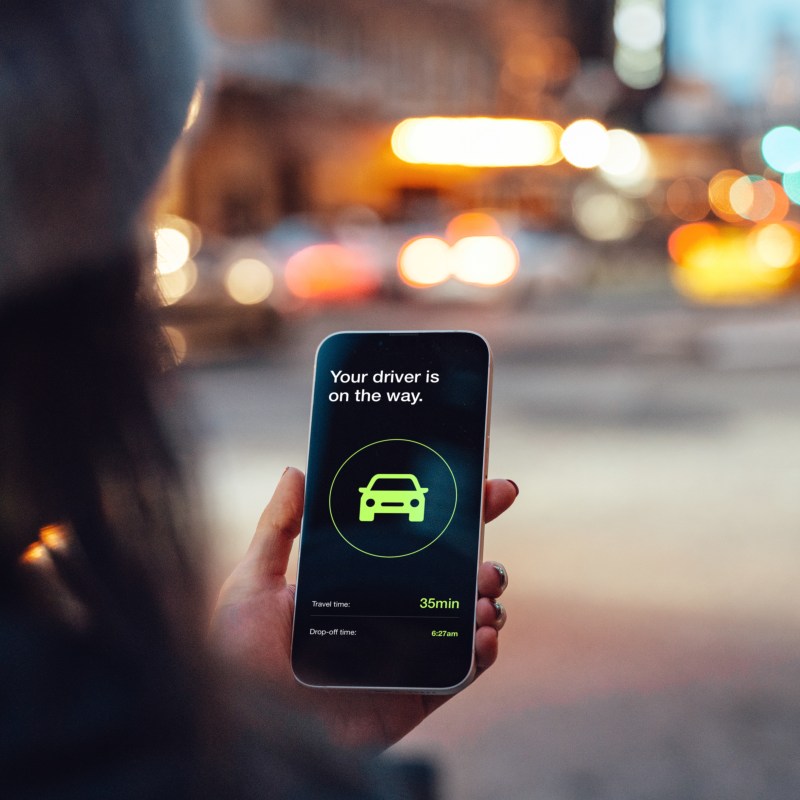
Uber is often the top choice for Americans when it comes to ride shares, both at home and internationally.
Videos by TravelAwaits
I don’t usually recommend Uber for travelers headed abroad because it’s been banned in some countries and has been allowed-then-banned-then-back-again in others.
Italy, France, Germany, and Finland, for example, outright banned the app in the past. Since then, many countries have backtracked, allowing locals to hail an Uber at their leisure. In other places, like Japan and Australia, it’s sort of legal depending on the jurisdiction and use cases.
In other words, Uber isn’t always transparently legal or illegal. For that reason, it’s easier to point people toward other ridesharing apps that are clearly regulated and meet local laws.
Still, there are plenty of places around the world where Uber is a great go-to. At least, if you’re okay with paying higher prices than other taxi services and ride shares.
If you’ve ever seen major price hikes and mysterious add-on fees for your Uber rides when traveling, you aren’t alone. Some travelers have even pointed out that Uber recently rolled out its own currency conversions that automatically take a 1.5% fee.
Yes, you read that correctly.
Uber doesn’t just hike prices based on demand. It also quietly charges you pricey conversions when you hail a car in a country that uses the euro, Canadian dollar, or another foreign currency.
Keep in mind that this is a new feature that’s still being launched. So if you aren’t able to apply the changes below to your Uber account now, check back soon. The update is coming, and it’s going to start charging you conversion fees… amongst other things, too.
Here’s how to avoid price hikes when using Uber while abroad.
How to avoid price hikes using Uber abroad
To stop paying 1.5% conversion fees, head to your Uber app and make the changes listed below.
This will prevent Uber from automatically exchanging the local currency for dollars and tacking on that fee. Instead, you’ll be paying in local currency.
If you’ve got a travel credit card, now would be a great time to connect that to your account. You’ll earn with every ride since Uber is charging you in local currency.
Here’s how to change your selected currency to avoid conversion fees:
- Open Wallet
- Head to Preferred Currency
- Select No Preferred Currency
- Confirm your selection
To stop paying surge pricing, book ahead or change your pickup location.
With little recourse, tourists often end up paying the price of surge demands, especially at airports and popular venues. If you want to avoid surge pricing, you have two options.
First, use my one-stop rule. That means that you need to move away from the busy zone and re-order your Uber from there. Usually, the exchange here is time for savings; you might be walking around 15-20 minutes to clear the surge pricing area, but I’ve seen prices halve just by getting out of ‘dodge’, so to speak.
Additionally, the one-stop rule is great for airports because when you use Uber to hail a ride from an airport (or another rideshare app), they often charge a hefty airport fee. Unlike official taxi services, those airport fees aren’t subject to regulation, meaning they can get really exorbitant.
Second, schedule your pickup beforehand. Obviously, this is a little harder to organize. You might face delays at the airport, meaning you could miss your pickup. Airports aside, this rule also works for large events in busy areas.
If you know that you’re heading to a popular spot during rush hour or will be exiting a large venue at a certain time slot, you can schedule an Uber ahead of time. This will help you avoid surge pricing. Remember, surge pricing is based on current demand.
